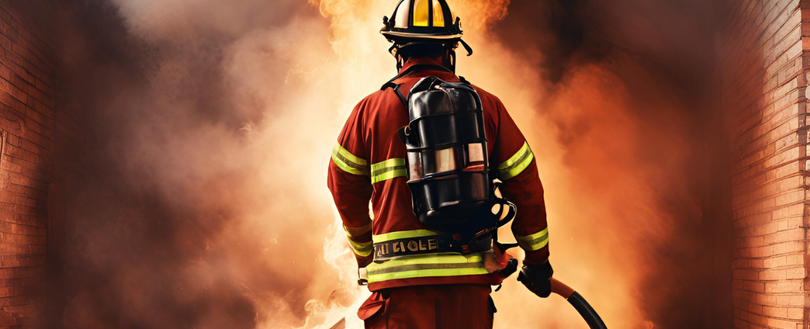
The Crucial Role of Training in Fire Safety: Building Competency from the Ground Up
Like it? Share it!
23 August 2024
In the fire safety industry, training isn't just a formality—it's a life-saving necessity. A well-trained workforce ensures that fire protection systems are designed, installed, maintained, and inspected correctly, significantly reducing the risk of fire-related incidents. The importance of competency through proper training cannot be overstated, as it forms the foundation upon which the entire fire safety industry is built. Without it, the effectiveness of even the most advanced fire safety technology can be compromised, leading to devastating consequences.
The history of fire safety training has evolved significantly over the years. In the past, training was often informal and lacked standardization, leading to inconsistencies in the level of competence across the industry. Early fire safety measures were rudimentary, and so was the training that accompanied them. As the complexity of fire safety systems grew, so did the need for formalised, standardised training programs. The introduction of rigorous certification requirements and the establishment of organisations like the Fire Industry Association (FIA) have played pivotal roles in shaping modern training practices. Today, comprehensive training programs are crucial, ensuring that fire safety professionals are equipped with the knowledge and skills necessary to perform their duties effectively.
Future Outlook:
Looking forward, the future of fire safety training is likely to be shaped by technological advancements and the increasing complexity of fire safety systems. Virtual reality (VR) and augmented reality (AR) are emerging as powerful tools in training, offering immersive experiences that can replicate real-life scenarios without the associated risks. These technologies have the potential to revolutionise training by providing hands-on experience in a controlled environment. Additionally, as fire safety systems become more integrated and automated, the need for specialised training in these areas will grow. The FIA is committed to staying at the forefront of these developments, ensuring that our training programs continue to meet the evolving needs of the industry.
Maintaining high standards of competency through continuous training presents both challenges and opportunities. One of the primary challenges is keeping pace with the rapid advancements in fire safety technology. As systems become more complex, training programs must be regularly updated to ensure that professionals have the necessary skills to work with these new technologies. However, this also presents an opportunity for the industry to innovate and adopt new training methods, such as online modules and virtual simulations, that can enhance learning outcomes. Additionally, while the regulatory landscape provides a framework for training, it is up to individual companies to prioritise and invest in their workforce’s development. Those that do will not only improve safety outcomes but also position themselves as leaders in the industry.
In the fire safety industry, training is the bedrock of competency. Without it, the effectiveness of fire safety measures is severely compromised. As the industry continues to evolve, so too must the training programs that support it. By committing to continuous learning and embracing new technologies, the fire safety industry can ensure that it remains capable of protecting lives and property. The FIA is dedicated to supporting this mission through our comprehensive training programs, helping to build a safer future for all.
